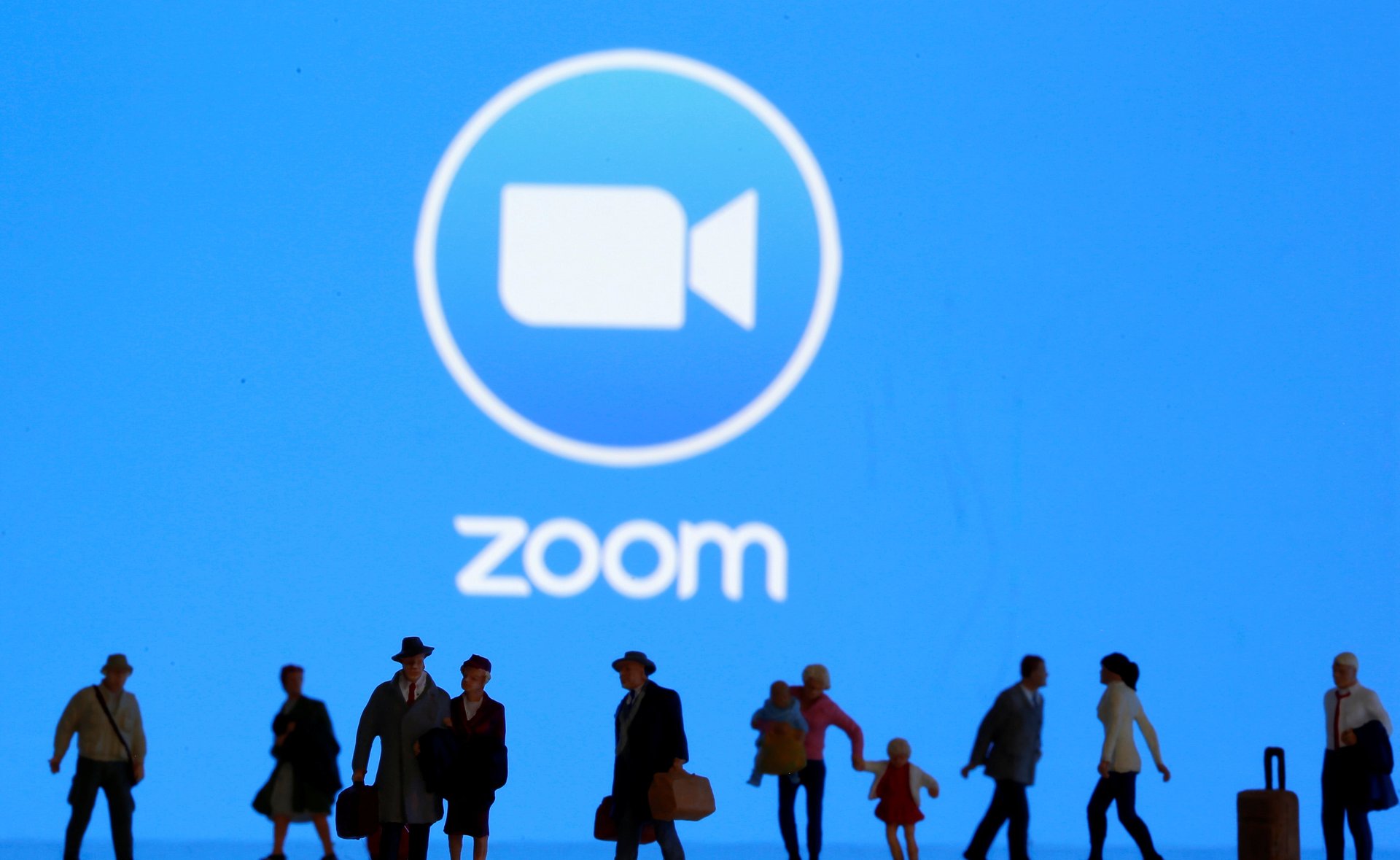The downgrade Wall Street didn’t want to have to make
In a note to clients this week, Credit Suisse analyst Brad Zelnick lowered his rating on Zoom shares from “neutral” to “underperform,” essentially marking the high-flying stock as one that clients should sell from their portfolios.


In a note to clients this week, Credit Suisse analyst Brad Zelnick lowered his rating on Zoom shares from “neutral” to “underperform,” essentially marking the high-flying stock as one that clients should sell from their portfolios.
And he sounded extremely sorry to do it.
Sell ratings are usually rare on Wall Street; despite regulations meant to prevent conflicts of interest between investment banks and their parent companies’ brokerage arms, there’s just too much business at stake.
But Zelnick’s call came with a different kind of risk: In the middle of the coronavirus pandemic, who wants to be seen as going negative on a company that, hiccups aside, has been a touchstone for people all around the world during a difficult time?
Acknowledging the video-conferencing company’s pivotal role in connecting millions of suddenly housebound workers to their colleagues, and millions of students around the world to their newly remote classes, Zelnick commended the company for being a “superhero of the current health crisis.”
But he also pointed out that as an equity analyst, it is his responsibility to “distinguish great companies from great stocks.” And right now, he argued, Zoom’s stock is “priced for perfection,” trading at roughly 40 times the consensus estimate for the current year revenue.
Gracefully walking a fine line, Zelnick told investors in his April 6 note:
We have great appreciation for Zoom’s technology, products, and leadership and see the current crisis accelerating the adoption of video communication, but at 40x CY20 consensus revenue, the current share price embeds significantly greater conversion of free users than our upside model scenario.
Zoom recently announced it had reached over 200 million daily meeting participants, both free and paid, in March, up from 10 million in December. Zelnick said he expects much of the surge to be either short-term in nature or from free users, including students. (There are now more than 90,000 schools using Zoom.) The challenge for the company will be figuring out how to convert a sizable portion of these free users to paid users.
The analyst also cites other risks, including increased competition in the long term from incumbent players like Microsoft and Cisco, as well as ongoing security issues. That said, Zoom may be a much larger part of doing business as usual once the pandemic has abated. Industry analysts estimate the size of the video conferencing and collaborative applications market to be between $3 billion and $6 billion.
Zoom went public in April 2019 at $36 a share, reached a record high of $165 on March 23, and had retreated to $113.75 as of the close of trading on April 8, with Zelnick’s new “underperform” rating contributing to the recent retreat.
But the analyst hasn’t forsaken Zoom’s shares completely. Along with this rating cut, Zelnick did increase his target price for Zoom from $95 to $105.